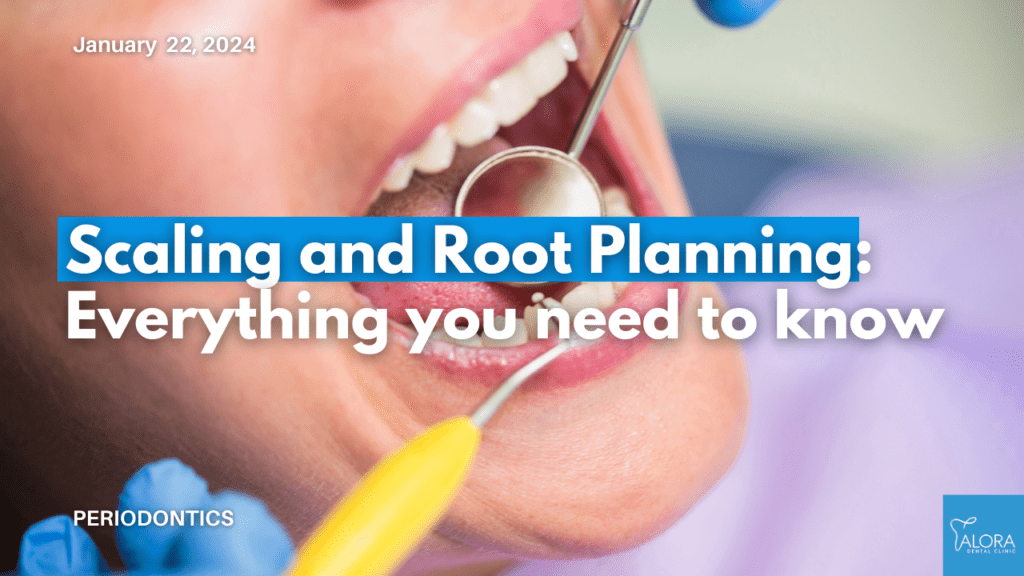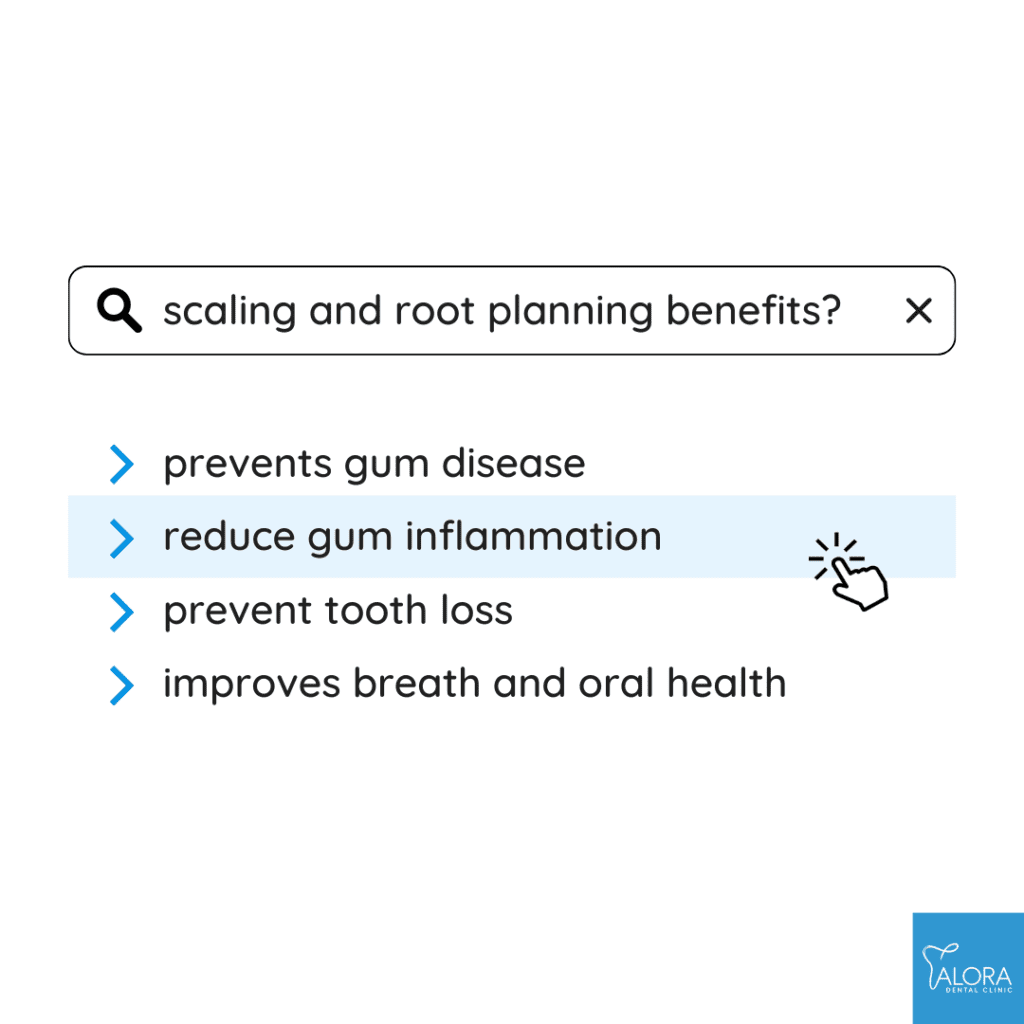Scaling and Root Planning: Gum Disease Treatment Guide

Have you ever wondered if there’s more to dental cleaning than just your regular check-up? This is where scaling and root planing come in – vital procedures for anyone battling gum disease. But what exactly are these treatments? And more importantly, do you really need them?
What Are Scaling and Root Planing? Are They Really Necessary?
Scaling and root planing are often grouped together but serve different purposes in oral care. Think of scaling as a deep clean for your teeth and gums, going beyond what your toothbrush can do. It involves meticulously removing plaque and tartar (that hard, stubborn stuff your toothbrush can’t get rid of) from above and below the gum line.
Root planing follows, smoothing out your tooth roots to help your gums reattach and heal. These aren’t just cosmetic fixes – they’re essential steps in treating gum disease and preventing it from getting worse.
How is Scaling and Root Planing Done? Does it Hurt?
When considering dental procedures like scaling and root planing, two primary concerns often come to mind: How exactly are these procedures performed, and are they painful? Let’s tackle these questions head-on.
How is Scaling Done?
- Initial Assessment: Your dentist first examines your teeth and gums to determine the extent of plaque and tartar buildup.
- Anesthesia Application: To minimize discomfort, a local anesthetic is applied to numb the gums.
- Plaque and Tartar Removal: Specialized tools, such as ultrasonic scalers and hand instruments, are used. The ultrasonic scaler uses vibrations to break up tartar, while hand instruments scrape away plaque and tartar.
- Thorough Cleaning: The focus is on removing buildup both above and below the gum line, a crucial step that regular brushing can’t achieve.
How is Root Planing Done?
- Smoothing Roots: After scaling, the dentist smooths the surface of the tooth roots. This helps the gums reattach to the teeth and reduces the risk of future plaque buildup.
Does it Hurt?
- During the Procedure: Thanks to the local anesthetic, most patients experience little to no pain during scaling and root planing.
- Sensitivity Post-Procedure: Some patients might feel slight discomfort or sensitivity in their teeth and gums after the anesthetic wears off, but this is typically mild and temporary.
What Are the Benefits of Scaling and Root Planing?

Scaling and root planing are critical treatments in dental care, especially for those suffering from gum disease. Here’s how these procedures help:
- Prevents Gum Disease: By removing plaque and tartar, scaling and root planing prevent the progression of gum disease, which if left untreated, can lead to more serious health issues.
- Reduces Gum Inflammation and Bleeding: These procedures help reduce gum inflammation and bleeding, common symptoms of gum disease.
- Prevents Tooth Loss: By addressing the underlying issues of gum disease, these treatments help in preventing tooth loss, a severe consequence of untreated gum disease.
- Improves Breath and Oral Health: Scaling and root planing can significantly improve bad breath caused by gum disease and contribute to overall oral health.
Are There Alternatives to Scaling and Root Planing?
While scaling and root planing are effective treatments for gum disease, it’s natural to wonder if there are alternative methods. Let’s discuss other options and when they might be more appropriate.
- Routine Dental Cleaning: For those with mild gum disease or as a preventative measure, routine dental cleanings can be sufficient.
- Medicated Mouthwashes and Antibiotics: These can be used to control bacterial growth and reduce inflammation in less severe cases.
- Laser Treatment: In some instances, dentists might use laser treatments to remove tartar and promote gum healing, though this is often more costly.
- Surgical Options: In advanced cases of gum disease, surgical interventions like flap surgery or bone grafting may be necessary.
Conclusion: Embracing Healthy Gums and Teeth

As we’ve explored, scaling and root planing are more than just dental procedures; they are vital steps in maintaining your oral health, particularly in combating gum disease. These treatments, along with their alternatives, are tailored to meet the varying needs of gum health, offering both preventive and corrective solutions.
At Alora Dental Clinic in Quezon City, we understand the importance of personalized dental care. Whether it’s addressing gum disease or providing routine dental check consultations, our dedicated team is here to support your journey towards optimal oral health.
FAQs on Scaling and Root Planning:
Meet Your Dentist...
Step into Alora Dental Clinic and let us introduce you to our passionate and dedicated dentist, Dr. Angelica Eden Astillero. She’s the type of person who lights up a room with her warm and approachable demeanor. And that’s just the start of what makes her an exceptional dentist.
Dr. Astillero graduated from the University of the East, where she developed a love for dentistry and helping others. Her commitment to continuing education and the latest dental techniques allows her to provide top-notch care to patients of all ages. But what truly sets her apart is her ability to connect with her patients and put them at ease.

Get in touch!
Where to find us?
53 Narra St, Project 3, Quezon City, 1102 Metro Manila
Call us at:
0955-827-6875


